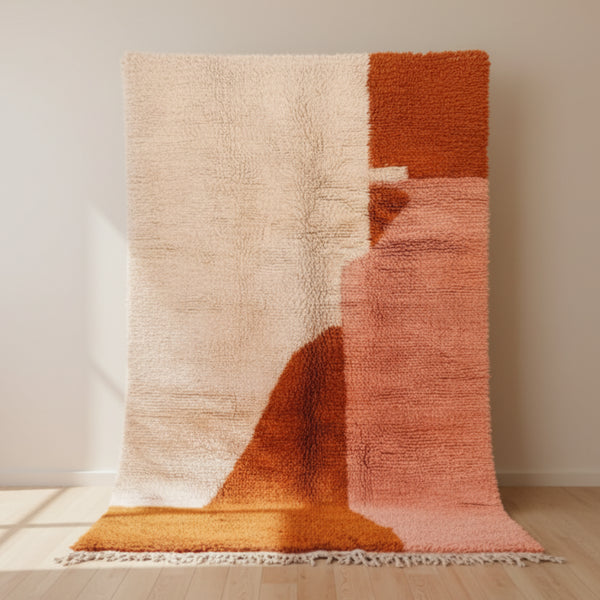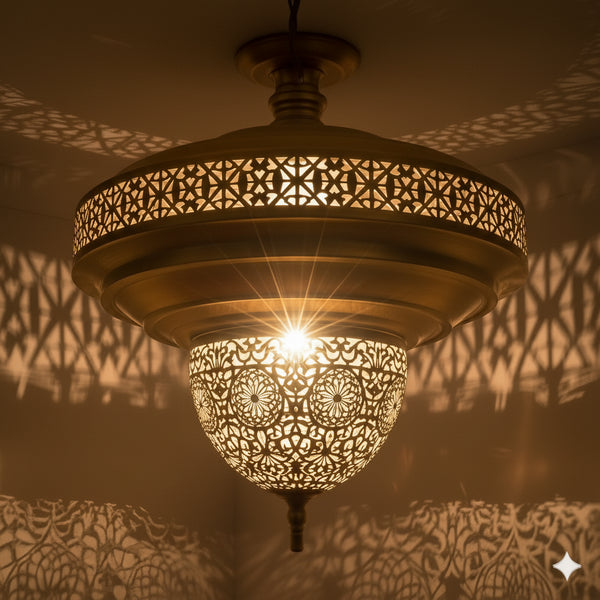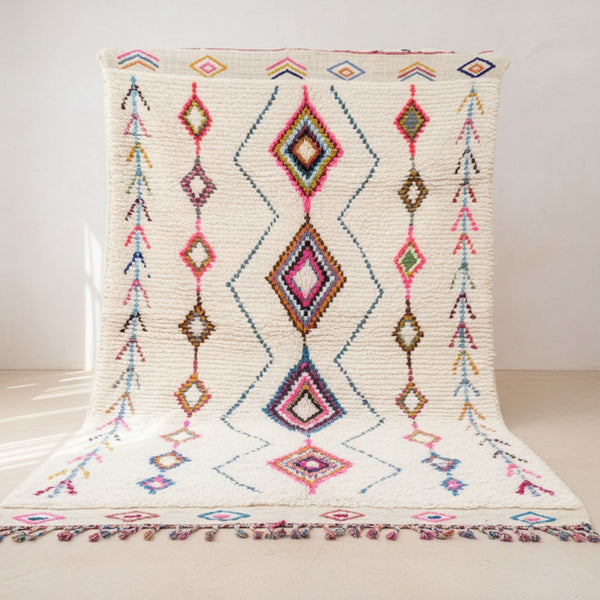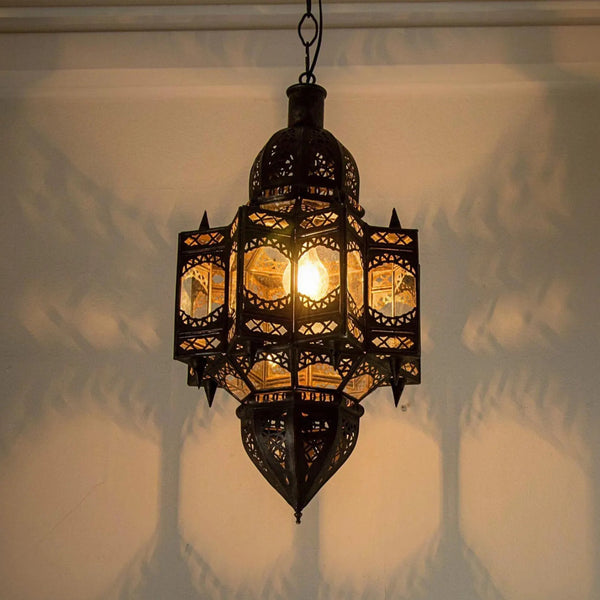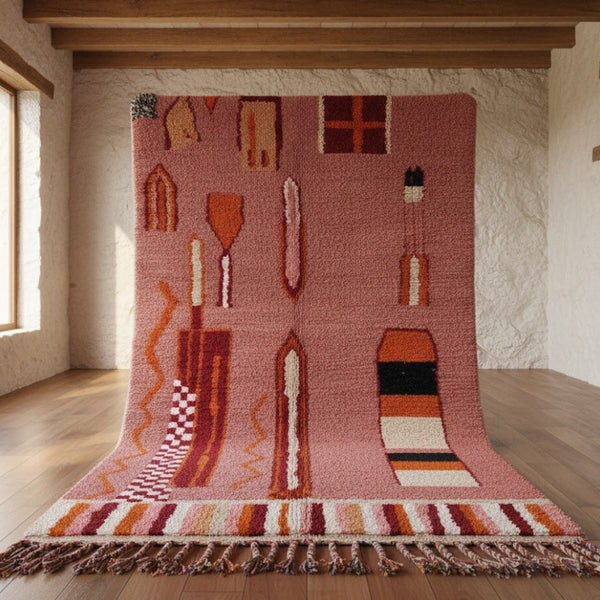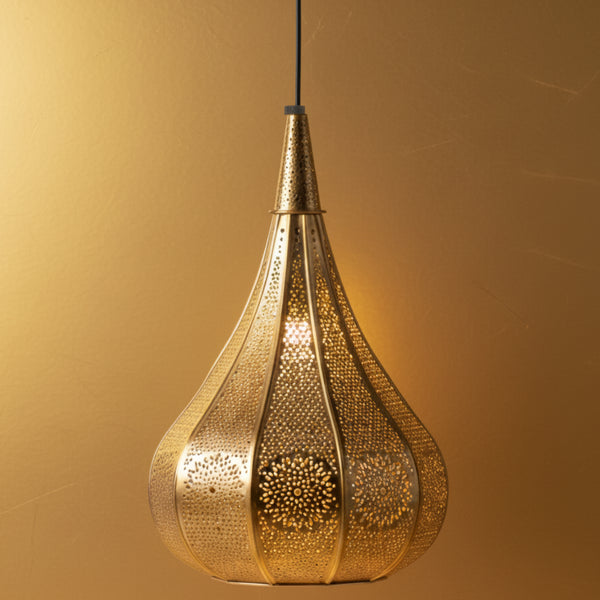Types of Moroccan Rugs and their different Uses
Posted by AADIL KHAN

Moroccan rugs are more than just beautiful floor coverings—they’re an intersection of heritage, artistry, and practical design. Each rug type, whether richly patterned or subtly textured, tells a story of the region it hails from, the artisan who made it, and the cultural tradition it preserves. But these rugs aren’t just for collectors or interior designers. From cozy bedrooms to high-traffic living rooms, Moroccan rugs can elevate any space with warmth, texture, and a touch of global sophistication.
What Makes Handcrafted Rugs So Special in Moroccan Design?
Handcrafted rugs are at the core of Moroccan textile tradition. Each rug is made by skilled artisans, often women, using techniques passed down for generations. The result is a one-of-a-kind piece filled with subtle irregularities, rich textures, and cultural significance.
These rugs are more than just home accessories; they represent sustainable craftsmanship and slow design. Their durability and beauty make them perfect for areas where both aesthetics and function matter—like living rooms, offices, or under dining tables.
Opt for handcrafted rugs when you want a rug that feels personal, grounded, and timeless.
Bohemian Rugs: Free-Spirited Patterns with Deep Roots
Bohemian rugs are ideal for those who want a laid-back, artsy, and eclectic atmosphere. These often feature bold patterns, rich colors, and a well-worn feel that makes any space more inviting. In Moroccan culture, Bohemian-style rugs may include motifs that represent nature, protection, or personal stories.
They work well in creative environments—home offices, reading nooks, or any space that thrives on personality. Pair with low furniture, vintage finds, and lots of plants to complete the boho look.
Classic Moroccan Area Rugs for Everyday Living

Moroccan area rugs offer a versatile base layer for nearly any room. Known for their geometric patterns and soft pile, these rugs are both stylish and durable. Beni Ourain rugs, with their cream backgrounds and black diamond patterns, are among the most popular.
These rugs are perfect for family rooms, master bedrooms, or open-concept living spaces where you want comfort and visual appeal. They complement both minimalist and eclectic interiors, serving as either a subtle backdrop or a statement piece.
Vintage Kilim Rugs: Tradition in Every Thread
Vintage kilim rugs are flat-woven treasures that bring texture, history, and graphic interest into a room. Unlike plush pile rugs, kilims have no backing or tufting, making them lightweight and reversible. Their origins span Berber, Arab, and nomadic traditions, with patterns that often symbolize fertility, protection, or prosperity.
Use kilim rugs in kitchens, entryways, or under dining tables. They're great for layering over neutral base rugs or pairing with sleek modern furniture to create a rich contrast of old and new.
Why Wool Rugs Are the Cozy Standard in Moroccan Homes
Wool rugs have long been a staple in Moroccan interiors for good reason. Wool is naturally warm, resilient, and breathable, making it perfect for varying climates. Moroccan wool rugs often come in hand-knotted or woven styles, with shaggy textures that invite you to kick off your shoes.
Use wool rugs in bedrooms for an ultra-soft underfoot experience or in living rooms where comfort meets everyday wear. They're also great insulators and sound absorbers, which makes them ideal for apartments or multi-level homes.
Choosing the Right Moroccan Rug for Each Room

Living Room: Opt for a plush Moroccan area rug or a large handcrafted wool rug to anchor the seating area. This brings comfort and visual cohesion to a high-traffic space.
Dining Room: A flat-woven vintage kilim works well here—easy to clean, and it won’t interfere with chair movement.
Bedroom: Wool rugs or soft Beni Ourain styles provide cozy comfort when you step out of bed. Smaller Bohemian rugs can also be used as bedside runners.
Entryway: A kilim rug or low-profile Bohemian piece adds character without creating a tripping hazard.
Home Office: A handcrafted rug or Moroccan area rug can create a defined workspace and add visual interest to video call backdrops.
Caring for Your Moroccan Rug: Longevity Through Tradition
To get the most out of your Moroccan rug, proper care is key:
- Vacuum regularly to remove dust and grit, but avoid heavy brush rolls.
- Rotate every few months to ensure even wear.
- Spot clean with mild soap and water. For deep stains, consult a professional cleaner familiar with handmade textiles.
- Avoid direct sunlight to prevent fading, especially for vintage kilims or brightly colored Bohemian rugs.
- Use a rug pad to prevent slipping and reduce wear on the fibers.
With proper maintenance, a quality Moroccan rug can last decades and even become a family heirloom.
Conclusion: Discover the Beauty and Function of Moroccan Rugs
Moroccan rugs offer much more than beauty—they bring utility, warmth, and culture into your home. From the structured graphics of kilims to the plush comfort of wool, each type has its own voice and best-fit use.
By choosing the right rug for the right space, and investing in handcrafted quality, you’re not just decorating—you’re curating a living environment filled with story, texture, and purpose. Whether you're after modern sophistication or boho flair, there’s a Moroccan rug ready to elevate your space.
